Camanor director to speak at GOAL conference

The Global Aquaculture Alliance (GAA) will recognize a farmed shrimp producer in Brazil as a leader in innovation. Camanor’s high-density, land-based facility recycles water for multiple production cycles while preventing environmental degradation and the use of chemicals or antibiotics.
At GAA’s annual GOAL conference in Vancouver next week, Camanor Produtos Marinhos Ltda. Director Werner Jost will accept the Preferred Freezer Services Global Aquaculture Innovation & Leadership Award for AquaScience®, what he calls a “new concept in sustainable shrimp production” operating in Natal, Brazil. Jost will give a presentation at GOAL 2015 on Thursday, Oct. 29, at 11:10 a.m.
“Our technology is much more appreciated outside of Brazil. It’s very rewarding to see that an organization like GAA looks at our technology as important,” Jost said. “It’s our [company’s] biggest step, for sure. It’s a quantum leap in how you can influence a system. We can create the exact mineral profile the animals need to grow. In low-density, you can’t do that; there’s too much water volume for very little biomass.”
Jost, a Switzerland native who founded Camanor in 1982 — “We’re not exactly a startup,” he said — told the Advocate that a controlled environment eliminates potential pathogens that disrupt and sometimes decimate harvests. White spot virus has been a persistent presence in ponds throughout Brazil.
“The interest in this project was getting all the pieces aligned so that you could have high production on zero water exchange,” said Michael Tlusty, director of ocean sustainability science at the New England Aquarium and one of four judges for the award. “This will help address both questions of food security as well as water scarcity.”
The interest in this project was getting all the pieces aligned to that you could have high production on zero water exchange. This will help address both questions of food security as well as water scarcity.
According to Jost, the traditional shrimp farm uses 19,000 liters of water to produce 1 kilogram of shrimp; AquaScience uses only 240 liters.
Dan Lee, Best Aquaculture Practices Standards Coordinator and another judge on the panel, said this year’s entrants were exceptional. “The panel was impressed by the quality of the nominees but found the task of identifying the winner to be particularly tricky this year,” he said.
Judge Dawn Purchase, Aquaculture Officer at UK-based Marine Conservation Society, was impressed by the ability of the Camanor system to address environmental problems of pathogens, waste and organic pollution. She pointed out that it was an example of a multi-species, land-based system that could be used in numerous countries.
“It is this kind of innovative development that is crucial for balancing the need to grow global aquaculture while safeguarding the environment on which we all rely,” she said.
AquaScience is a land-based facility with 14 hectares of production area (a video showing the process can be viewed below). Jost said another 14 hectares should be ready by next spring. The facility currently produces 1,500 metric tons (MT). By contrast, Camanor’s traditional low-density outdoor ponds produce 800 MT per year.
“We work in a system where we have a lot of stability around us,” Jost added. “The stress level of the shrimp is very low. We have to work very neatly to avoid white spot in high density, with 300 animals per square meter.”
The average production cycle is 40 tons per hectare, which can be repeated up to three times a year; Jost said Camanor’s best result was 45.6 tons. The nutrients from the shrimp pond are recycled, with the water going through a denitrification process before being introduced into a tilapia pond. The tilapia, which is more or less a byproduct, is sold into local markets.
“In 10 years time, there will be no more low-density farms,” Jost said. “It’s like the poultry business: You gain on efficiency in an incredible way. So we are thinking, in three years time, we can produce 450 tons per hectare per year. It’s amazing.”
Now that you've reached the end of the article ...
… please consider supporting GSA’s mission to advance responsible seafood practices through education, advocacy and third-party assurances. The Advocate aims to document the evolution of responsible seafood practices and share the expansive knowledge of our vast network of contributors.
By becoming a Global Seafood Alliance member, you’re ensuring that all of the pre-competitive work we do through member benefits, resources and events can continue. Individual membership costs just $50 a year.
Not a GSA member? Join us.
Author
-
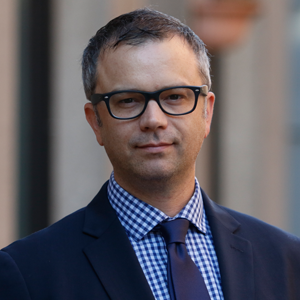
James Wright
Editorial Manager
Global Aquaculture Alliance
Portsmouth, NH, USA
Tagged With
Related Posts
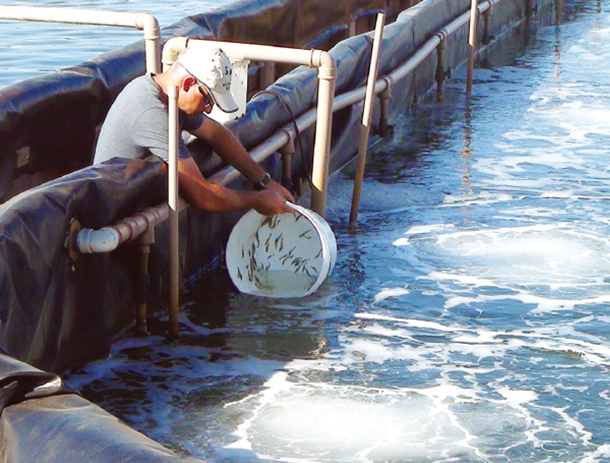
Innovation & Investment
Brazil study results encouraging for injector
Zero-exchange biofloc systems allow elevated stocking densities and production, but also require more dissolved oxygen and thorough water circulation. A new type of air injector uses only a centrifugal pump to recirculate water while naturally aspirating ambient air.
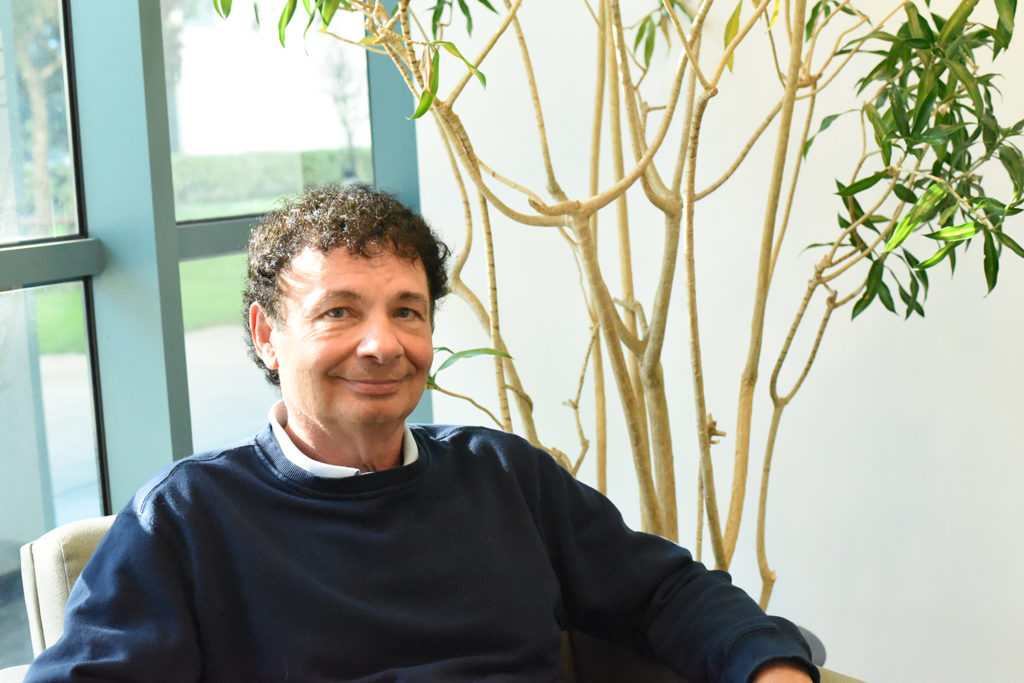
Innovation & Investment
Aquafeed ingredient AlgaPrime wins GAA Innovation Award
A proliferation of alternative feed ingredients has allowed aquaculture to extend the natural resources it depends on. AlgaPrime, packed with the long-chain omega-3 fatty acid DHA, is being recognized as a game-changing innovation for aquaculture feeds.
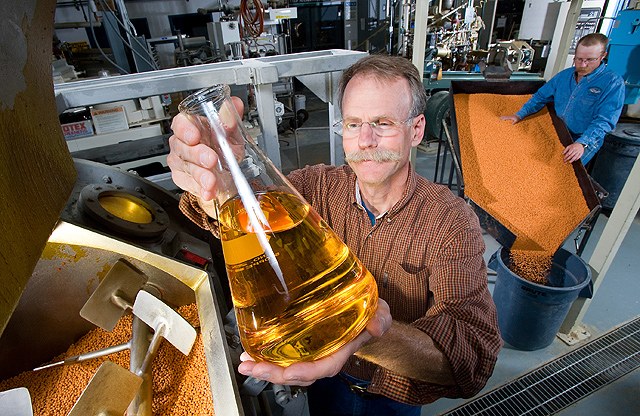
Aquafeeds
F3 takes on a new challenge – fish oil alternatives
Building off the success and excitement of the fish-free aquaculture feed cash-prize contest that concludes this fall, the F3 Challenge has set its sights on a new target: fish oil alternatives.
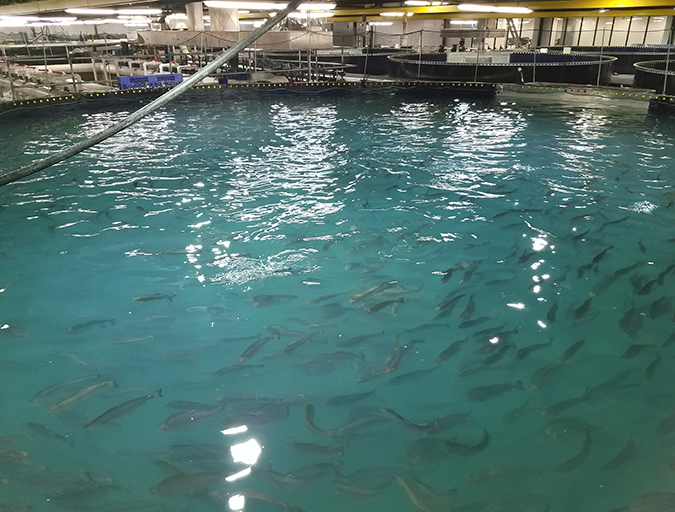
Intelligence
A land grab for salmon (and shrimp) in upstate New York
The operators of Hudson Valley Fish Farm see their inland locale as a pilot to prove that land-based fish farming, located in close proximity to major metropolitan markets, can be successful.


